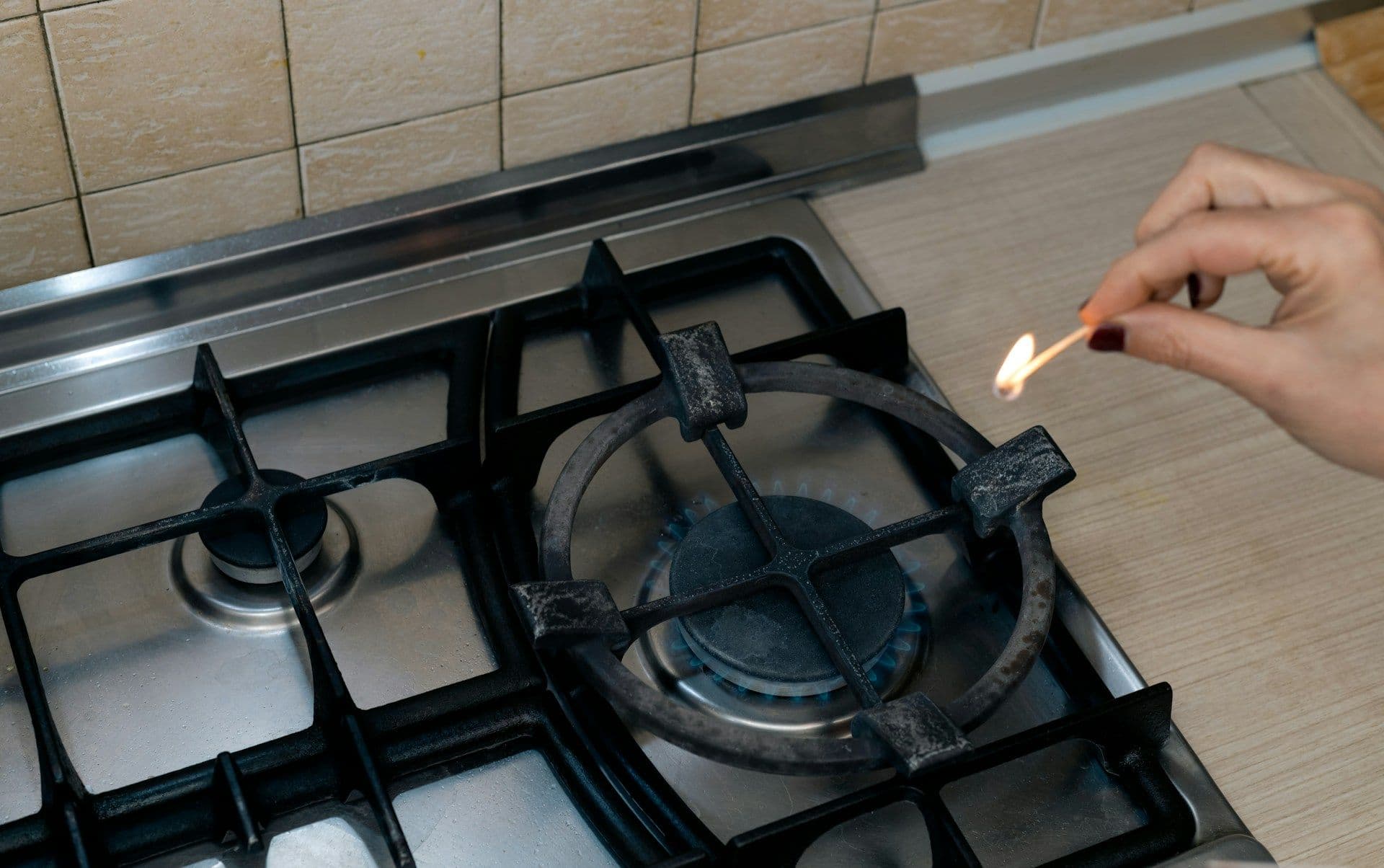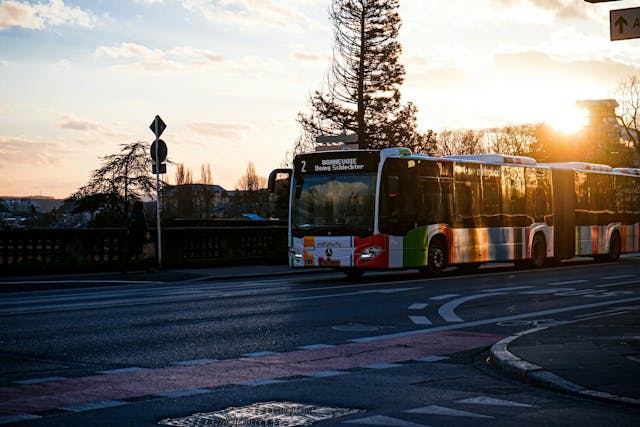Gas gets cheaper, taxes go up: what's happening to utility tariffs in the EU

Behnam Norouzi, Unsplash
Eurostat has published fresh data on electricity and gas prices for households in the European Union for the first half of 2025. At first glance, this is a positive trend: gas prices fell by 8.1 per cent, while electricity tariffs remained almost unchanged. However, the stable figures hide deeper shifts.
The average electricity price for households was €28.72 per 100 kWh, only 0.5 per cent lower than in the second half of 2024. This indicates stabilisation after the energy crisis in 2022, but the price level is still well above the pre-crisis level.
It is noteworthy that the share of taxes and fees in the bill increased from 24.7% to 27.6%, despite a slight decrease in the basic (before taxes) cost. In other words, the tariff has not changed much in terms of the end consumer - the savings are levelled by the tax burden.
In the first half of 2025, the average gas price in the EU was €11.43 per 100 kWh, down from €12.44 in the second half of 2024. This is a return to the seasonal volatility typical before the energy crisis. But as with electricity, taxes have risen: from 30% to 31.1% of the total cost, reflecting the phasing out of subsidies introduced in 2022-2023.
Where's the most expensive?
- The most expensive electricity is in Germany (€38.35 per 100 kWh), Belgium (€35.71) and Denmark (€34.85).
- The cheapest current is in Hungary (€10.40), Malta and Bulgaria.
- In purchasing power parity (PPS) terms, the Czech Republic, Poland and Italy lead the way.
- The most expensive gas is in Sweden (€21.30), the Netherlands and Denmark.
- The cheapest is in Hungary (€3.07), Croatia and Romania.
- By PPS, gas is most available in Luxembourg (7.04), Hungary and Croatia.
Among EU countries, the largest increases in electricity prices were recorded in Luxembourg (+31.3%), Ireland and Poland. The most notable decrease was in Slovenia (-13.1%), Finland and Cyprus.
And for gas in local currencies, Estonia, Bulgaria and Sweden are leading the growth (up to +24%), while Slovenia (-12.7%), Austria and the Czech Republic are leading the decline.





